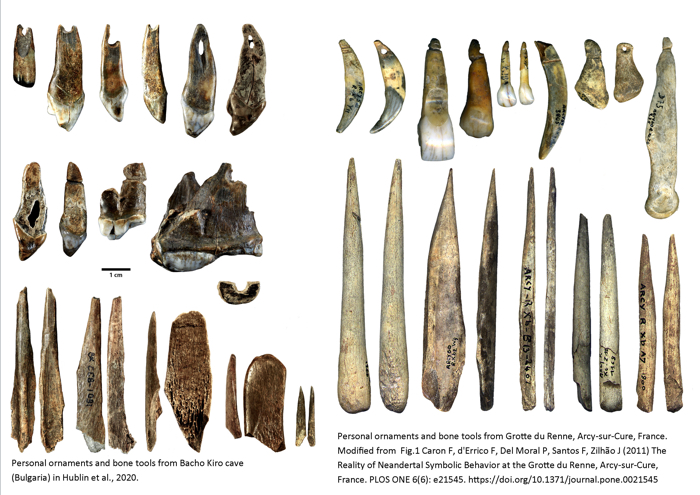Fossils found in a bulgarian cave show that homo sapiens may have swept into europe earlier than previously thought

Fossils Found in a Bulgarian Cave Suggest Homo sapiens Reached Europe Earlier Than Previously Thought

The discovery of ancient fossils in the Bacho Kiro Cave located in Bulgaria has shed new light on the timeline of Homo sapiens' migration into Europe. Recent findings indicate that our species may have entered the continent earlier than previously believed.
This groundbreaking research, based on meticulous analysis and dating techniques, challenges existing theories and provides significant insights into the early movements and settlements of Homo sapiens.

Discoveries in the Bacho Kiro Cave
The Bacho Kiro Cave, nestled in the picturesque hills of northern Bulgaria, has long fascinated archaeologists. Over the years, this ancient cave has revealed numerous artifacts and fossils, shedding light on the prehistoric era.
Recently, an international team of researchers, led by Prof. Nikolay Sirakov from the National Institute of Archaeology with Museum at the Bulgarian Academy of Sciences, made astonishing discoveries in this unique cave system.
The team found fossilized remains of Homo sapiens, comprising fragmented bones and teeth. These fossils, estimated to be around 45,000 years old, provide valuable clues about our species' early presence in Europe.
Insights into Human Migration
The new evidence found in the Bacho Kiro Cave has challenged the prevailing belief that Homo sapiens arrived in Europe around 40,000 years ago. The fossils push back this timeline, suggesting that our ancestors may have ventured into Europe much earlier, possibly up to 46,000 years ago.
The presence of Homo sapiens in Europe during this earlier period challenges the previous dominant theory, which held that Neanderthals were the sole inhabitants of the continent until the arrival of our species around 40,000 years ago.
The findings from the Bacho Kiro Cave fossils suggest a coexistence between Homo sapiens and Neanderthals in Europe, potentially prompting further research into the nature of their interactions.
The Implications for Prehistoric Studies
The discovery of these ancient fossils and the revised timeline of Homo sapiens' migration into Europe has immense significance for prehistoric studies and the understanding of human evolution.
By uncovering the early presence of Homo sapiens, researchers can now reassess various aspects of prehistoric European cultures. This new information could help unveil the interactions, adaptations, and advancements made by our early human ancestors in different environmental and cultural settings.
The Bacho Kiro Cave fossils have opened up exciting avenues for scientists to investigate not only the migration patterns of Homo sapiens but also the connections between different regions and the evolution of modern human behavior.
Sources:
Tags
Share
Related Posts
Quick Links
Legal Stuff

